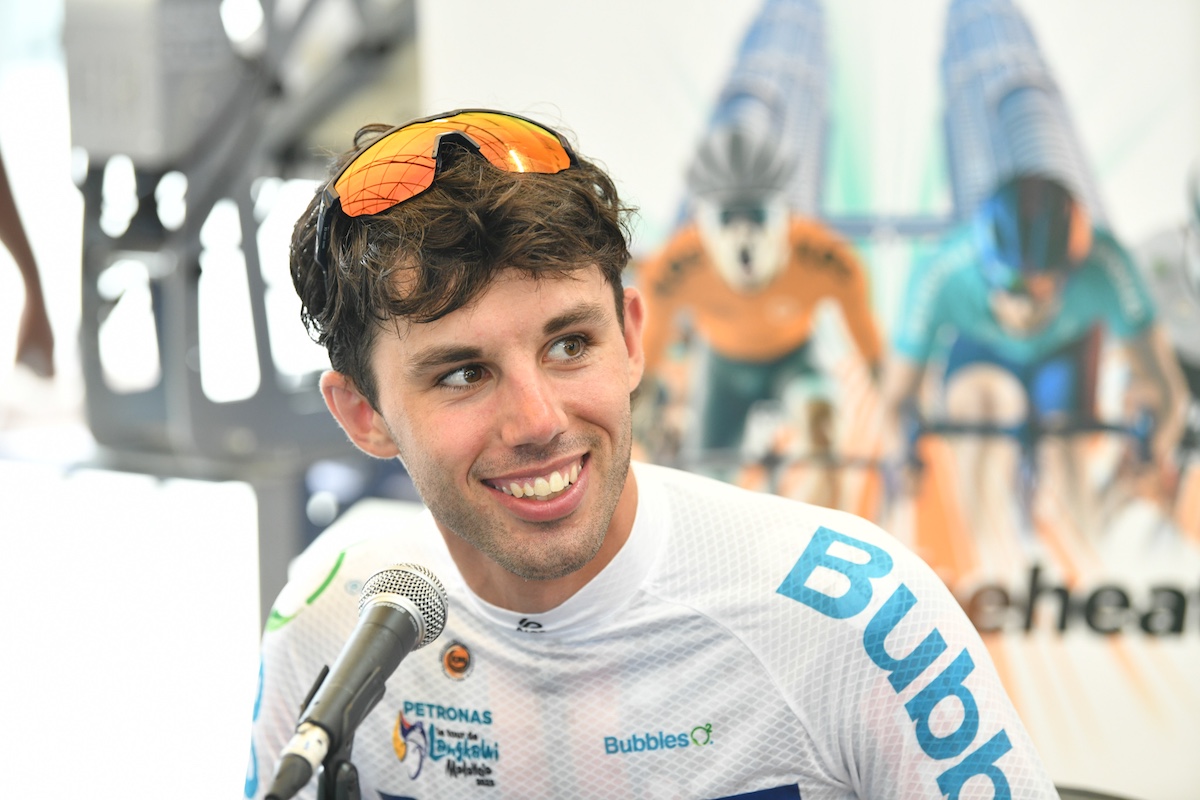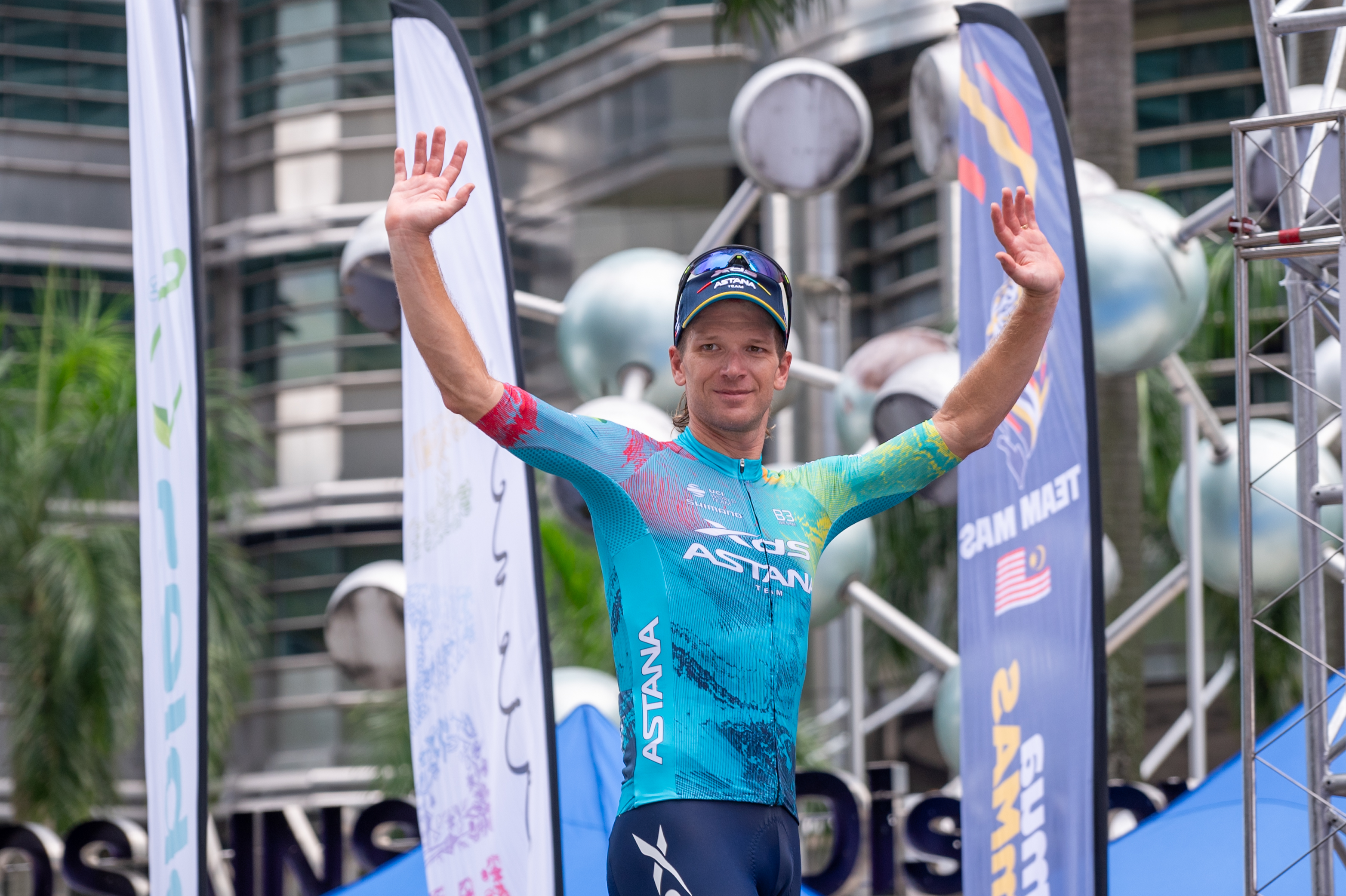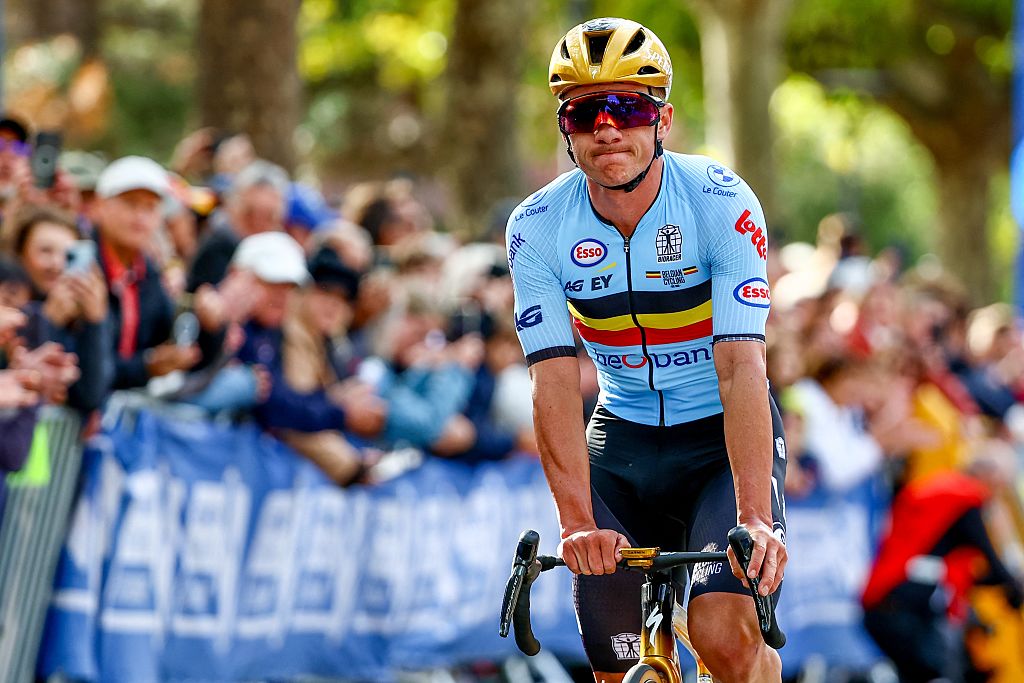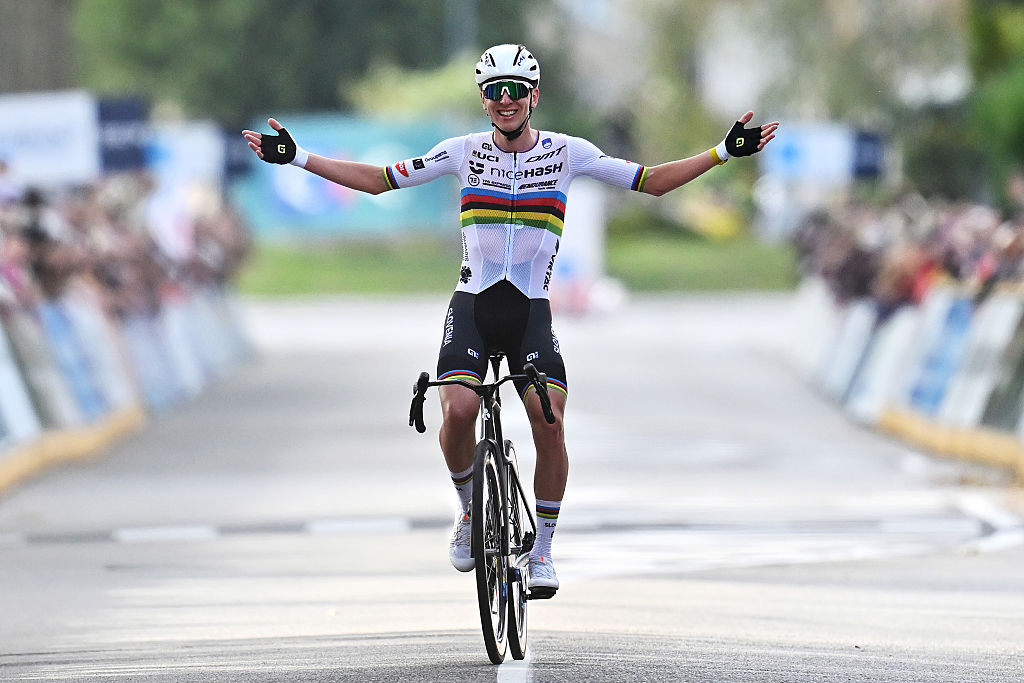2025 Vuelta a España route – A stage-by-stage breakdown, with savage ascents of Angliru and Bola del Mundo
For its 80th edition, the Vuelta route features an Italian start, a first week team time trial and ten summit finishes
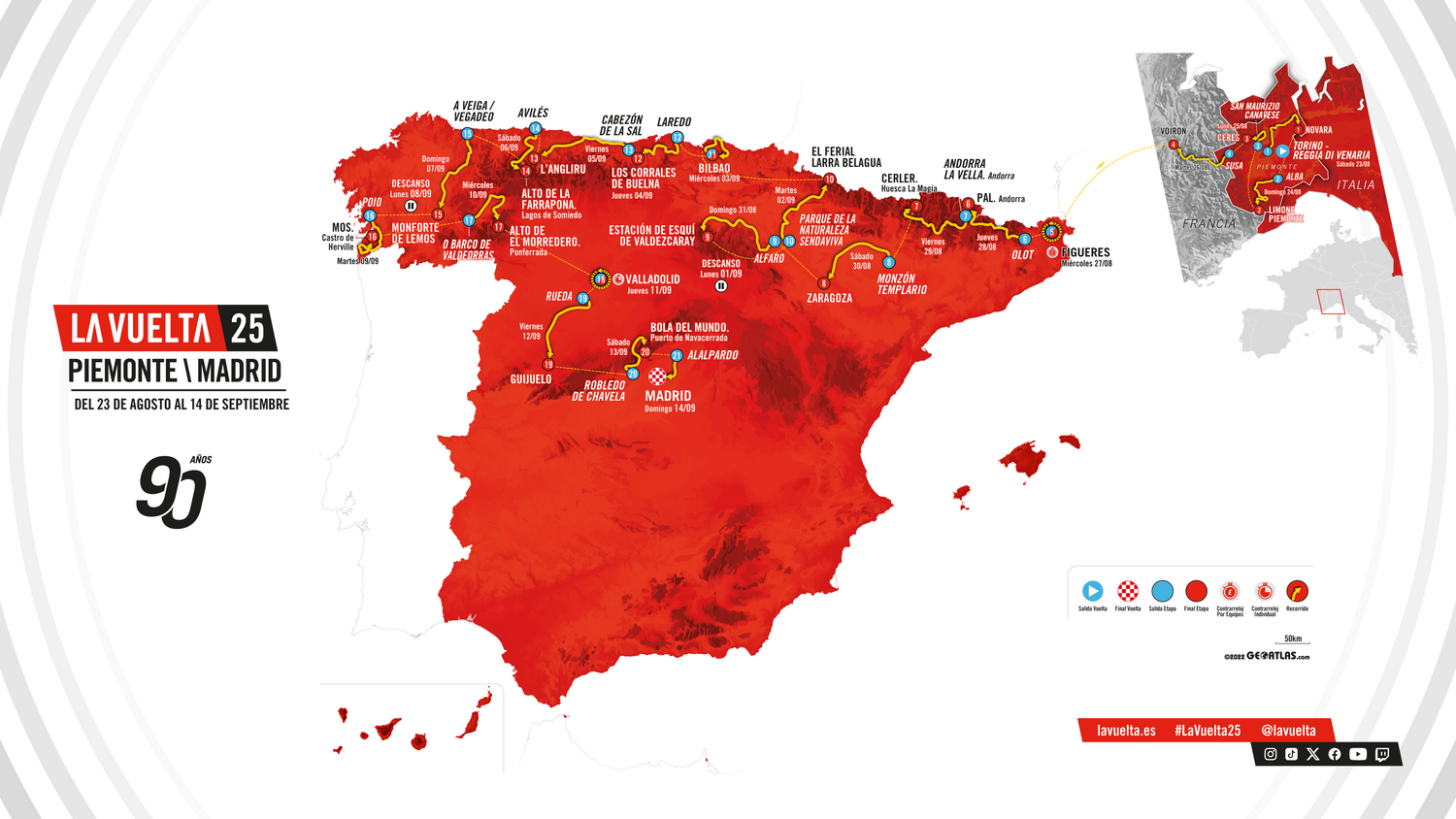
The 2025 Vuelta a España route includes 10 summit finishes, an ascent of the mythical Angliru and a long, late individual time trial and a team time trial in the three-week Grand Tour.
Revealed in December at Madrid's IFEMA trade and congress centre, the 2025 Vuelta a España also kicks off for the first time in Italy and – almost equally as unusual – features a team time trial midway through the first week.
But as so often happens with the Vuelta, the GC battle will begin in earnest once the race hits the high mountains. The overall contenders face crunch uphill challenges as soon as stage 6 to the category 1 finish at Pal in Andorra, although the race's emotional and climbing highpoint will doubtless come on stage 13, with the summit finish of the mythical Angliru.
Yet more historic elements feature in the 2025 Vuelta a España route, like stage 18's individual time trial in Valladolid, a city steeped in Vuelta time trial history and with victories against the clock by champions of the calibre of Tony Rominger, Bernard Hinault and Raymond Poulidor. And the inclusion of another hugely emblematic summit finish, the Bola del Mundo, comes just 24 hours before the finish in Madrid.
Striking a markedly international note for its 80th edition, the Vuelta route includes a record-equalling four countries in 2025, getting underway in Turin, Italy on August 23, before going to France, Andorra and, of course, Spain. The Vuelta has not visited so many countries since 2009, when the race began in Assen, Holland, then briefly visited Germany on stage 3 and Belgium on stage 4 before returning to home soil.
Italy's opening series of four flat and hilly stages next August, though, will not likely produce major differences between the main contenders. And even after a transfer back through France, the flat 20-kilometre team time trial in Figueres on stage 5, while a firm fan favourite, will arguably not open up large GC gaps, either.
However, a first major summit finish at Pal in Andorra on stage 6, an even tougher Pyrenean stage to Cerler the following day, and another well-known Vuelta summit finish at Valdezcaray on stage 9 could well prove much more significant long term. Then the second week kicks off with a bang, too, with a return to Larra-Belagua in the Pyrenees, the scene of Remco Evenepoel's revenge victory in the 2023 Vuelta after his defeat on the Tourmalet just 24 hours earlier.
The latest race content, interviews, features, reviews and expert buying guides, direct to your inbox!
Both the hilly stage 11 around Bilbao and the category 1 ascent late on the stage to Corrales de Buelna the following day, could see more GC action. But it is the Angliru, back on the menu for the third time in five years on stage 13, which will doubtless be the climbing star of the Vuelta show next summer.
First introduced in 1999, ever since then, the 12.5-kilometre, narrow, poorly-surfaced and agonisingly steep ascent has produced some epic GC battles. Winning on the 10th ascent of the Vuelta's best-known and most daunting climb - and where Alberto Contador brought down the curtain on his career with a stunning solo win in 2017 - would surely represent yet another major high point in any rider's palmares.
Rather than the Angliru providing a definitive GC hierarchy, though, there's plenty more in store in the Vuelta's last eight stages. Hard on the heels of the Angliru, the 2025 Vuelta route will head to the nearby Alto de Farrapona on stage 14 - where Alberto Contador delivered yet another body blow to Chris Froome's hopes of victory in 2014.
Albeit on radically different terrain, Valladolid's flat 26-kilometre time trial across the exposed plains of northern Spain on stage 18 will also give the GC leader another important set piece opportunity to stretch out his overall advantage.
Last but not least, the route heads to Bola del Mundo on stage 20, an ascent featuring ramps of up to 20% on cement trackways and peaking out at over 2,200 metres above sea level, will provide the last major, challenge for whoever is leading the Vuelta.
The Vuelta then switches back to its roots again on stage 21, with a largely ceremonial ride through the streets of the capital city, likely culminating in a bunch sprint.
Stage 1: Torino to Reggia di Venaria - Novara, 186.1km
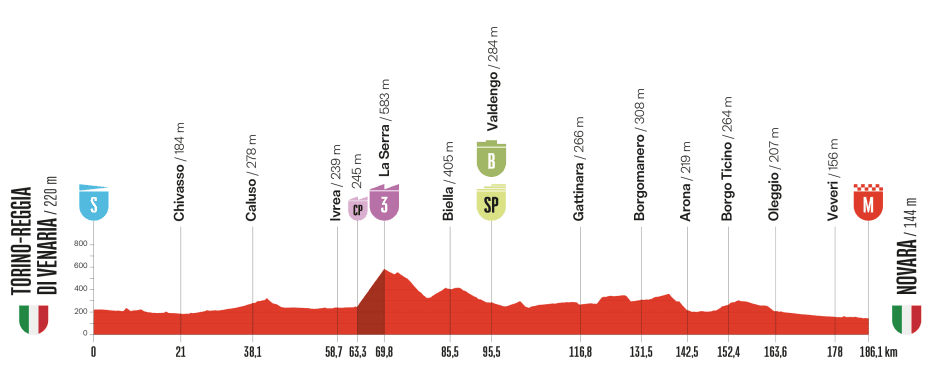
Full details for 2025 Vuelta a España stage 1
Stage 2: Alba - Puerto Limone, 159.6km
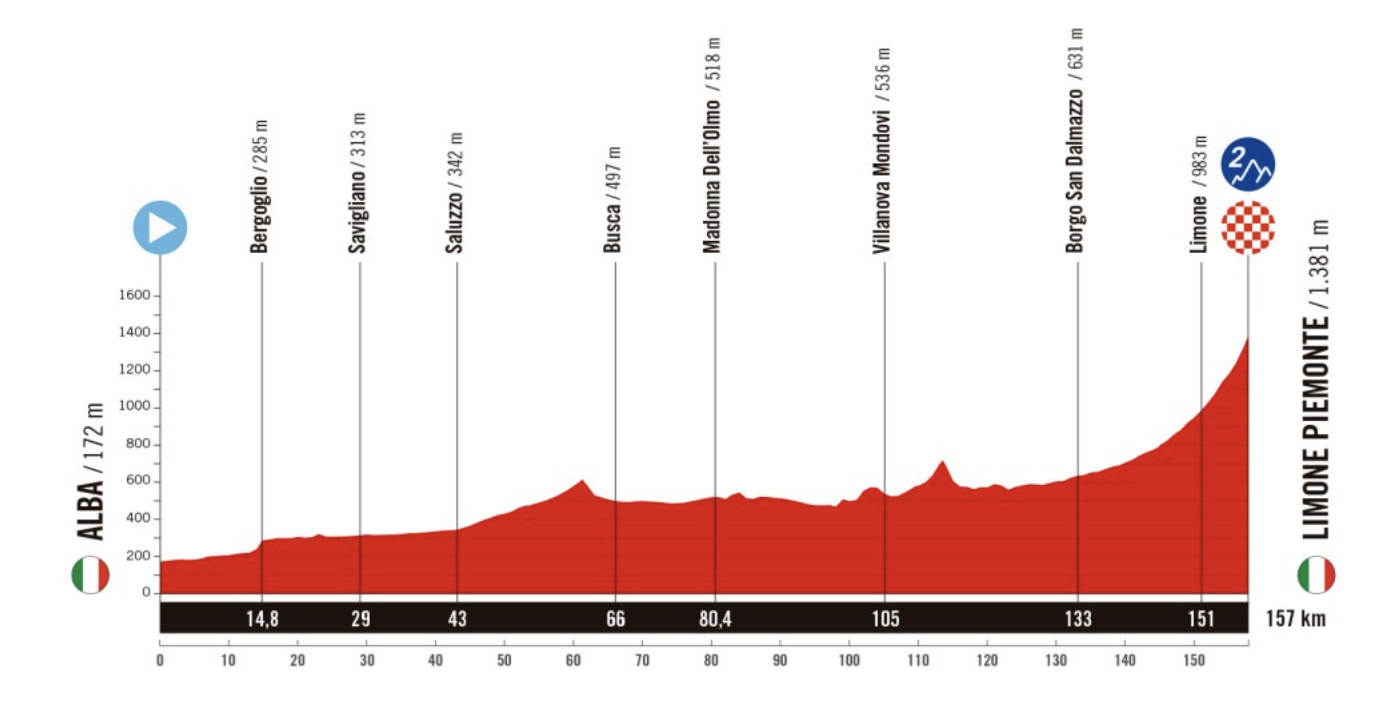
Full details for 2025 Vuelta a España stage 2
Stage 3: San Maurizio Canavese to Ceres - 134.6km
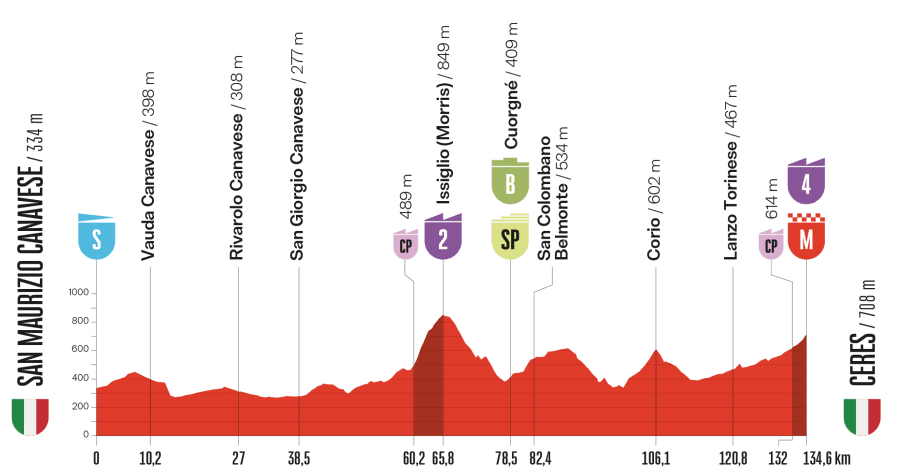
Full details for 2025 Vuelta a España stage 3
Stage 4: Susa to Voiron - 206.7km
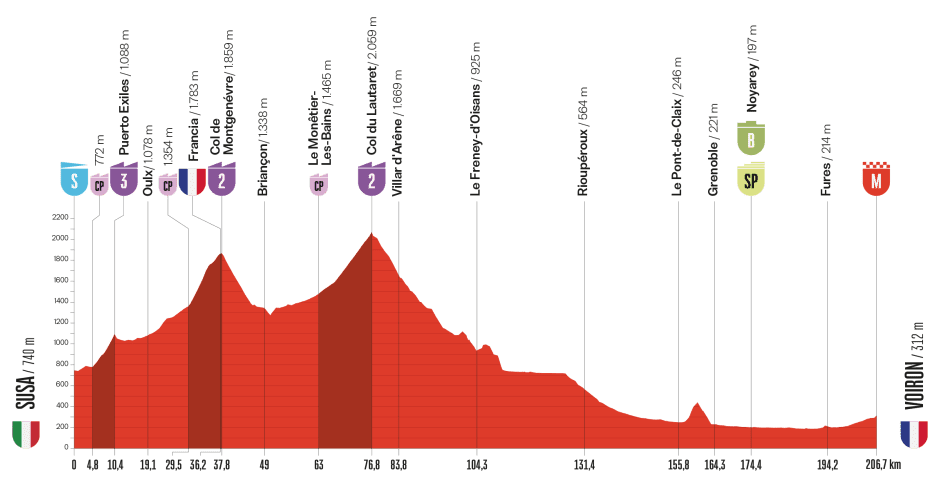
Full details for 2025 Vuelta a España stage 4
Stage 5: Figueres to Figueres (TTT) - 24.1km

Full details for 2025 Vuelta a España stage 5
Stage 6: Olot to Pal. Andorra - 170.3km

Full details for 2025 Vuelta a España stage 6
Stage 7: Andorra la Vella.Andorra to Cerler.Huesca La Magia - 188km
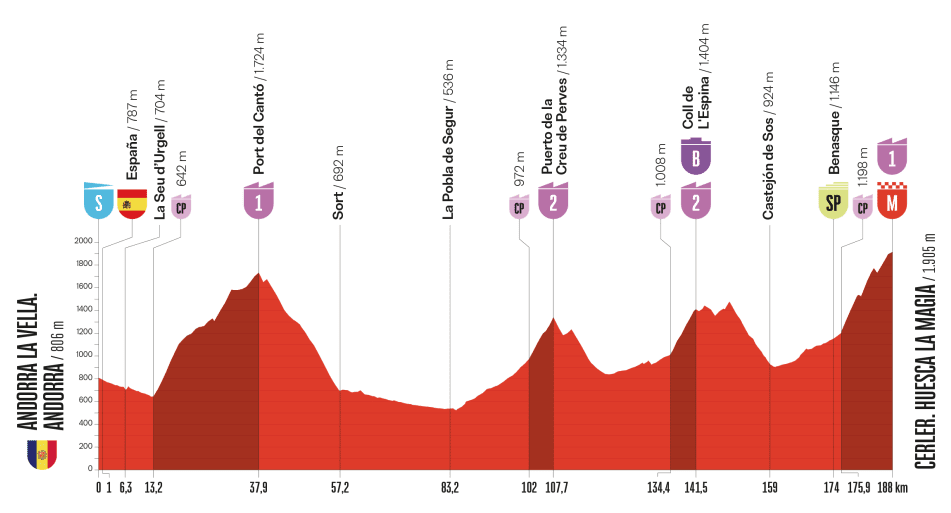
Full details for 2025 Vuelta a España stage 7
Stage 8: Monzón Templario to Zaragoza - 163.5km
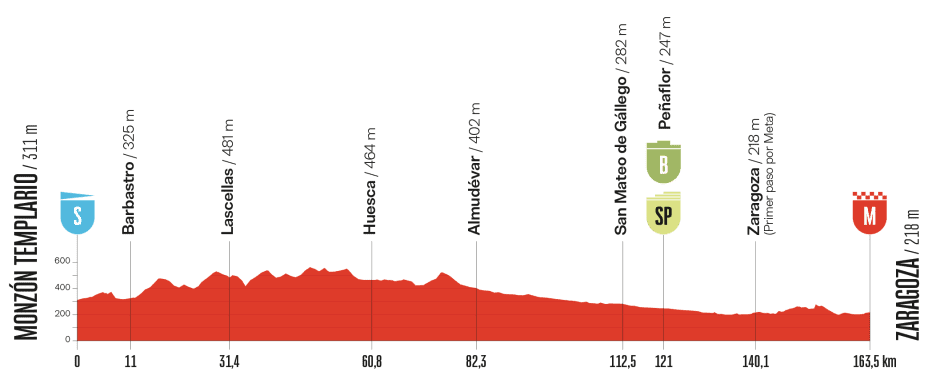
Full details for 2025 Vuelta a España stage 8
Stage 9: Alfaro to Estación de esquí de Valdezcaray - 195.5km
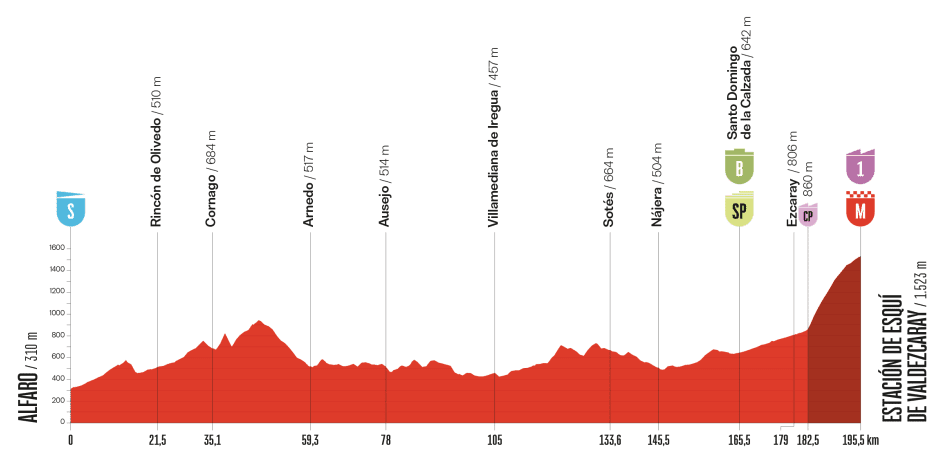
Full details for 2025 Vuelta a España stage 9
Stage 10: Parque de la Naturaleza Sendaviva to El Ferial Larra Belagua - 175.3km
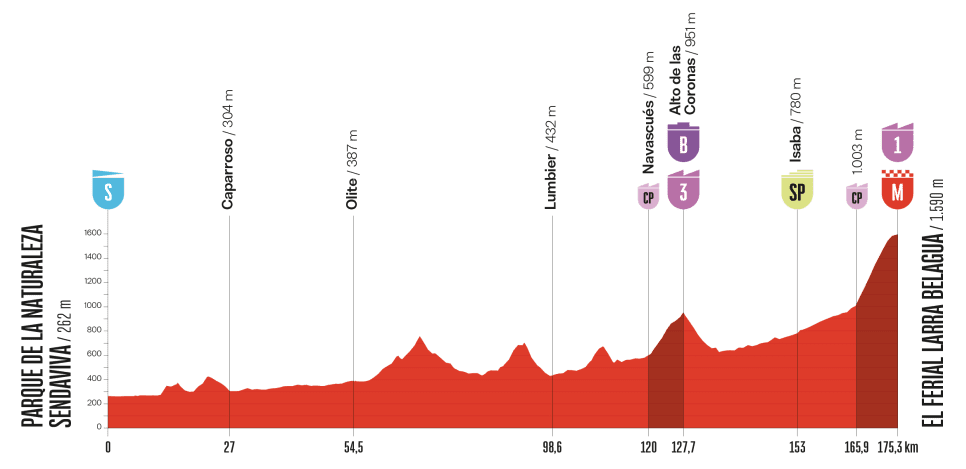
Full details for 2025 Vuelta a España stage 10
Stage 11: Bilbao to Bilbao - 157.4km
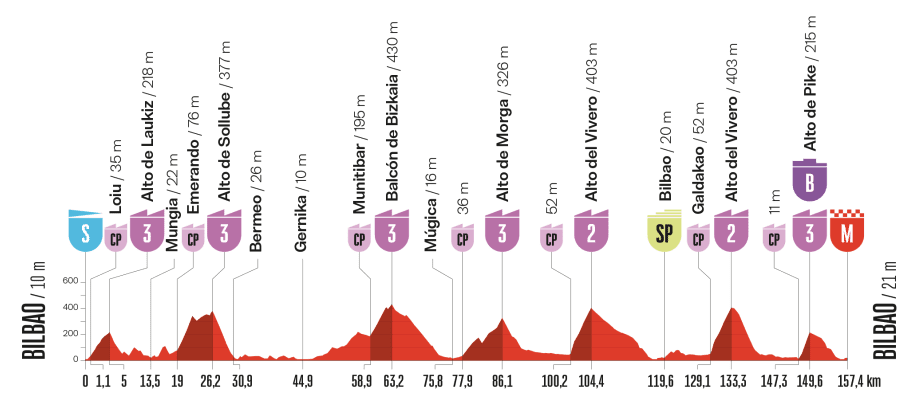
Full details for 2025 Vuelta a España stage 11
Stage 12: Laredo to Los Corrales de Buelna -144.9km
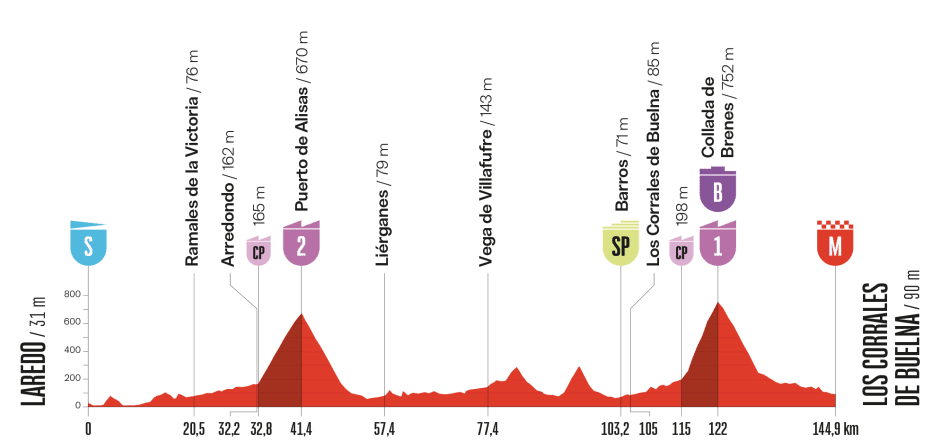
Full details for 2025 Vuelta a España stage 12
Stage 13: Cabezón de la Sal to L'Angliru - 202.7km
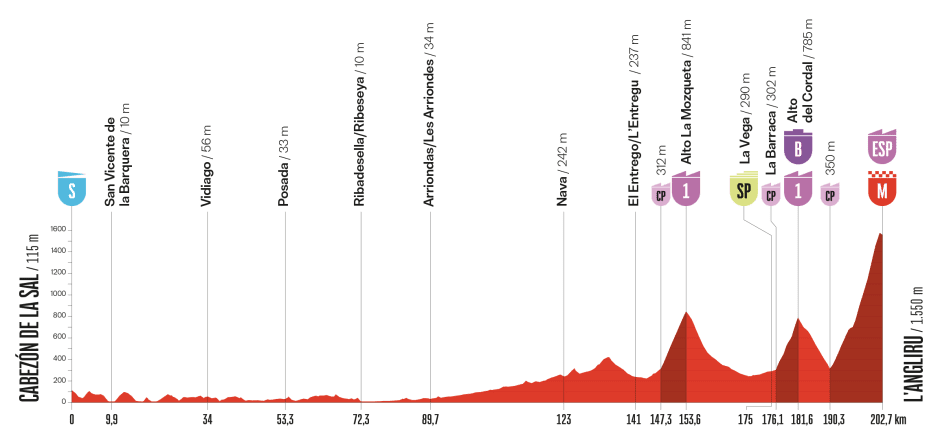
Full details for 2025 Vuelta a España stage 13
Stage 14: Avilés to Alto de La Farrapona. Lagos de Somiedo - 135.9km
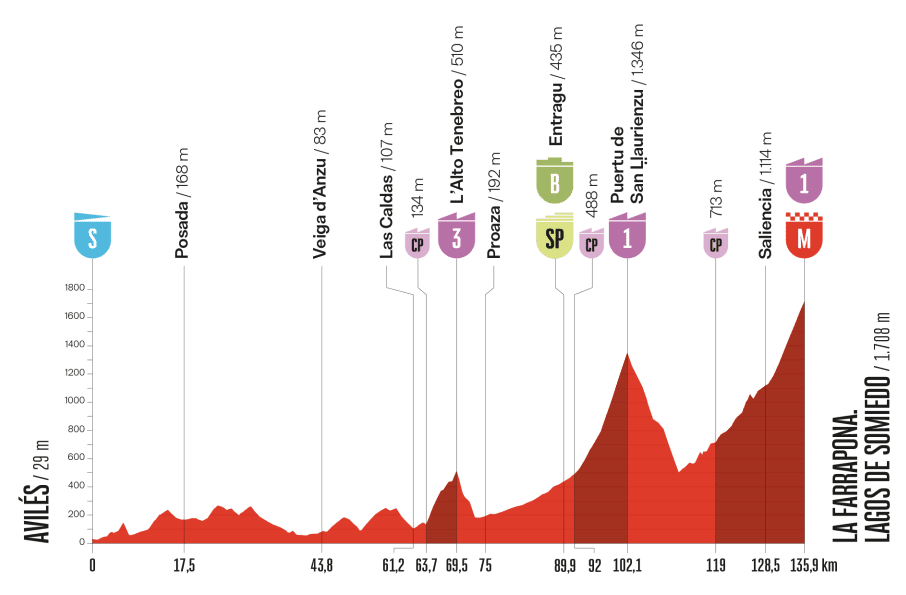
Full details for 2025 Vuelta a España stage 14
Stage 15: Veiga/Vegadeo to Monforte de Lemos, 167.8km
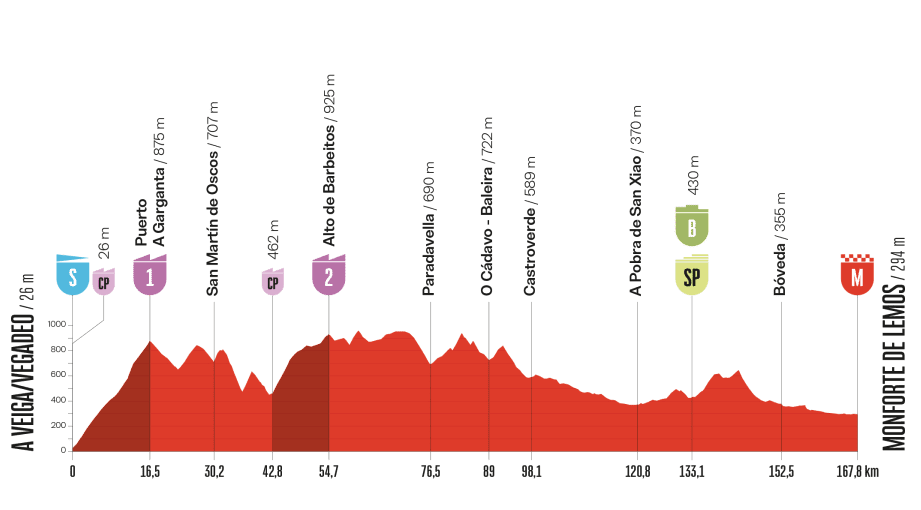
Full details for 2025 Vuelta a España stage 15
Stage 16: Poio to Mos.Castro de Herville - 167.9km
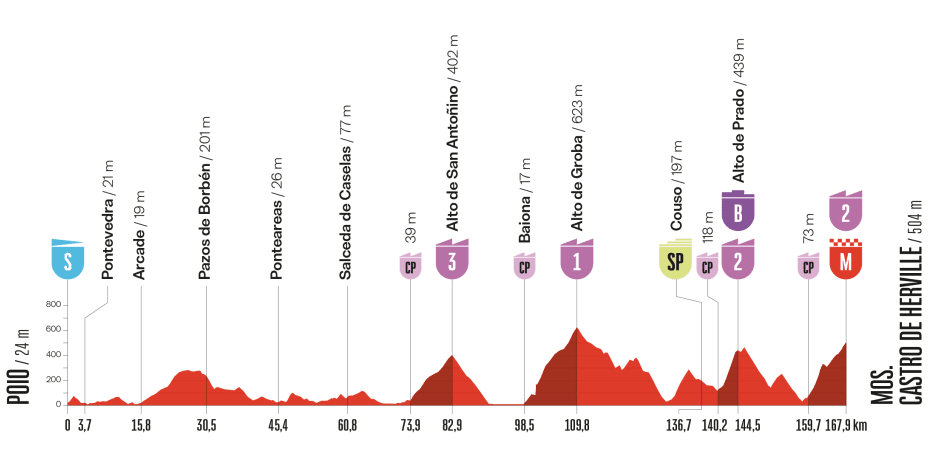
Full details for 2025 Vuelta a España stage 16
Stage 17: O Barco de Valdeorras to Alto de El Morredero.Ponferrada - 143.2km

Full details for 2025 Vuelta a España stage 17
Stage 18: Valladolid to Valladolid (ITT) - 27.2km
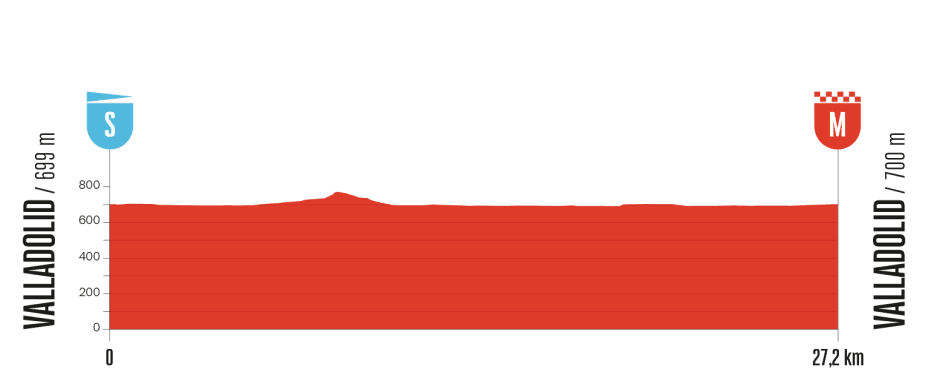
Full details for 2025 Vuelta a España stage 18
Stage 19: Rueda to Guijuelo - 161.9km
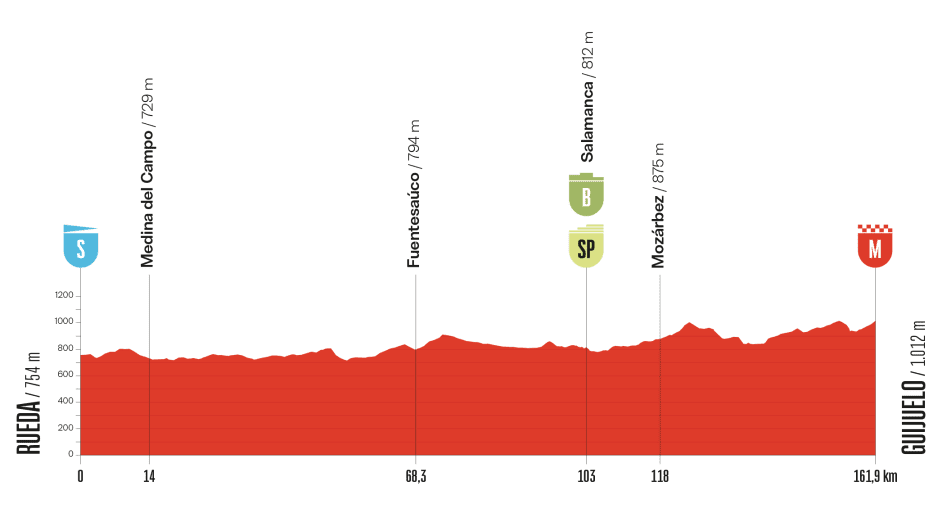
Full details for 2025 Vuelta a España stage 19
Stage 20: Robledo de Chavela to Bola del Mundo. Puerto de Navacerrada - 165.6km
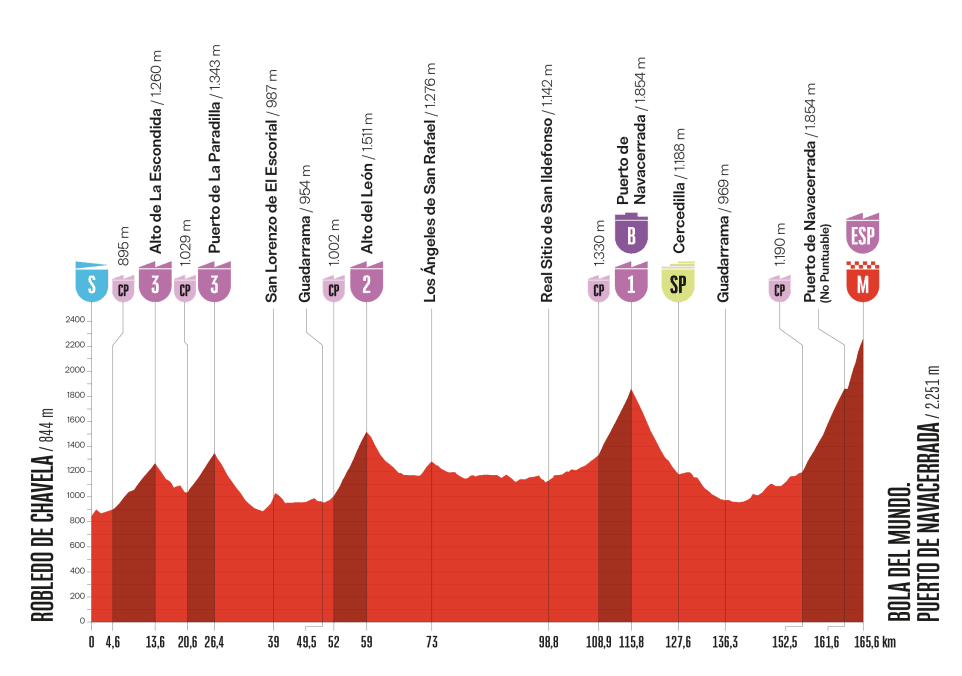
Full details for 2025 Vuelta a España stage 20
Stage 21: Alalpardo to Madrid - 111.6km
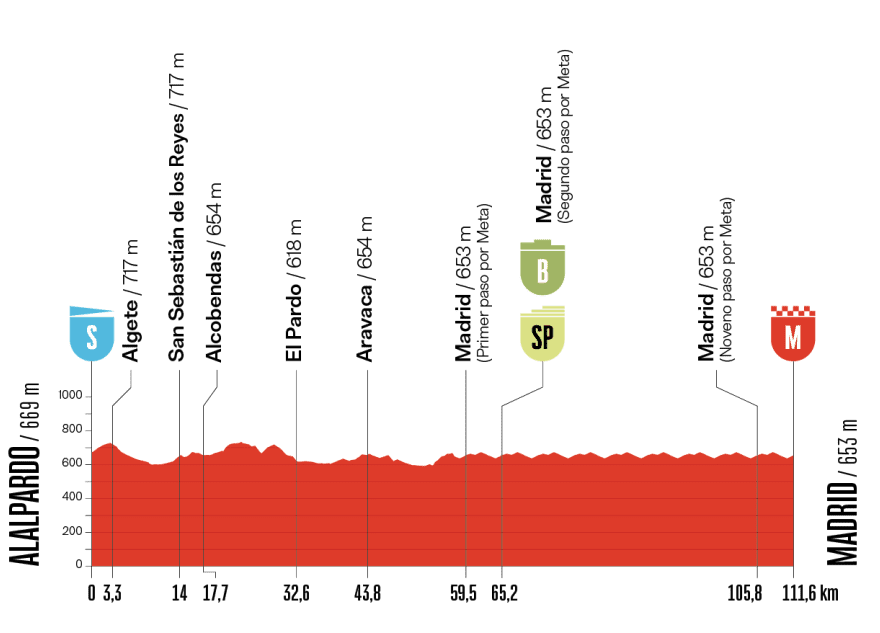
Alasdair Fotheringham has been reporting on cycling since 1991. He has covered every Tour de France since 1992 bar one, as well as numerous other bike races of all shapes and sizes, ranging from the Olympic Games in 2008 to the now sadly defunct Subida a Urkiola hill climb in Spain. As well as working for Cyclingnews, he has also written for The Independent, The Guardian, ProCycling, The Express and Reuters.
You must confirm your public display name before commenting
Please logout and then login again, you will then be prompted to enter your display name.
Latest on Cyclingnews
-
'Frustrating but that's cycling' – Patrick Eddy wins Le Tour de Langkawi mountains jersey but stage win attempt hits unexpected snag
Promising run toward the line in Kuala Lumpur quickly cut short as a flag gets tangled in Eddy's wheel -
Everywhere man Aaron Gate gives XDS-Astana its fourth Tour de Langkawi stage victory as he steps toward end of his first year in WorldTour
'I like to think that I've shown I belong here' says 34 year old from New Zealand -
'If anyone can tell me how to beat Tadej today, I'd love to hear it' - Belgian tactics fall short in European Championships as Remco Evenepoel takes silver behind Pogačar
Belgian team had a plan to bring the race to the final circuits but Pogačar preempted them -
Road European Championships: Tadej Pogačar defiant, wins elite men's road race title with 75 kilometre solo breakaway
Remco Evenepoel chases in for second, Paul Seixas adds bronze for home team

